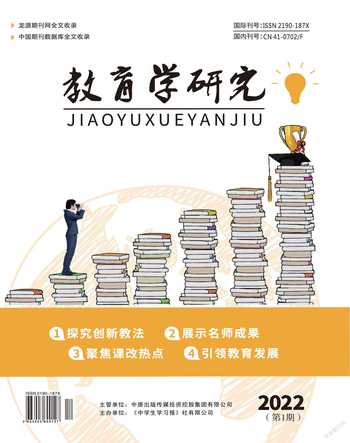The Battle Between Language Learning and Language Acquisition
罗平 郑宗玲
Abstract:It is still hard to say language is learned or acquired even today. In fact, language learning and language acquisition are highly connected ,so both are used in our language learning and teaching consciously or subconsciously.
Keywords:Language learning and acquisition, Language teaching and learning
Ⅰ.What is language learning and language acquisition ?
In order to understand these two concepts it is necessary to understand what language is. The Encyclopedia Americana defines language like this:
Language is the faculty and ability, possessed by normal human beings and by no other species, of using a spoken or written utterance to represent mental phenomena or events. Most fundamentally it is the association of speech sounds with thoughts, concepts, or images in the mind, and ability both to produce and to interpret such sounds in recurrent patterns. The primary purpose of language is communication among persons. (volume 17 727 )
From this definition it is not difficult for us to find a prominent characteristic of language, this is that “the relation between a linguistic sign and its meaning is arbitrary” (Microsoft ®Encurta ®97 ).To gain language, there are two channels with each having a consensus among most linguists. One is language learning , the other is language acquisition.
Language learning is a “relatively permanent change in a language behavioral potentiality that occurs as a result of reinforced practice” (Encyclopedia Americana 116). Here language learning extends far beyond the familiar context of the classroom . It occurs whenever and wherever. There is another point I’d like to clarify. The old saying that practice makes perfect I s far from a reliable truth, but most language learned behavior does show progressive improvement with practice.
Ⅱ. The contrast between language learning and language acquisition.
Most people share this assumption that there are two distinct processes through which we may gain more or less control of a language . The processes which everyone uses to gain control of the first language or native language is “acquisition”. In “acquisition” ,one meets “the sounds, the words and the sentences along with the sights, actions and smells which are their meanings”(Stevick 267).”The people who acquire the first language or native language are parts of the social network that uses this language as one of its vehicles of communication”, according to Eare W.Stevick,” at the same time ,one can also acquire other vehicles of communication, such as body language”. And in the process one comes to be one of members of the social network.
“Acquisition” and “learning” are different not only in how we get them into us, but also in how we get at them, to bring them out and use them when they are needed . For instance , if we want to have a “creative construction”(Stevick 269) of saying something, we can draw only on what we have “acquired”. Then we ran this new utterance past a certain checking device, which includes what we have “learned”.
What has been “learned” and what has been “acquired” probably differ also in where or how they are stores, and in how we have access to them. A typical instance is F.Gouin’s German study (shichun Gui 211) F.Gouin was a French linguist in the late 19th century . He could memorize more than 30,000 words in one month, all the grammatical principles in ten days, and even could translate both Goethe’s Schiller’s workers with the help of a dictionary. When he went to a school to listen in a classroom with full confidence, he found he could understand nothing. This is a case of “learning” , but no “acquisition” and therefore no practical use.
In short, “learning” is “what has been consciously abstracted from experience, concentrated on and corrected, grasped and stored for future need” (Stevick 270-271) By contrast, what has been “acquired” is “what has come in as one part of a total experience, frequently at the edge of attention rather than at its center” (Stevick 271). .
In sum, no matter whatever way connected with language learning and language acquisition is used in practical teaching or learning, it must be dynamic and flexible in accordance with the time and the place and the individual. So the hope is that both theories of language learning and acquisition will be used in teaching and learning consciously , instead of either of them.
What has been said in this paper is my understanding to this topic. There are many points open to further discussion. What I hope my readers will find in it not a key or a compass, but only a little light.
References
[1]Clark,Virginia P; Paul A.Eschholz and Alfred F. Rosa . Language Introduction Readings. New York: ST, Martin’s Press,1981.
[2]Dubin,Fraida and Elite Olshtain. Course Design .London: Cambridge University Press,1986.
[3]Gui Shichun. Psycholinguistics. Shanghai : Shanghai Foreign Language Education Press, 1985.
[4]Language. Microsoft ® Encarta ® 97 Encyclopedia ©.1993---1996 Microsoft Corporation
[5]“Language”. The Encyclopedia Americana . Volume 17. Connecticut:Gvolier Incorated.
2495500520239

